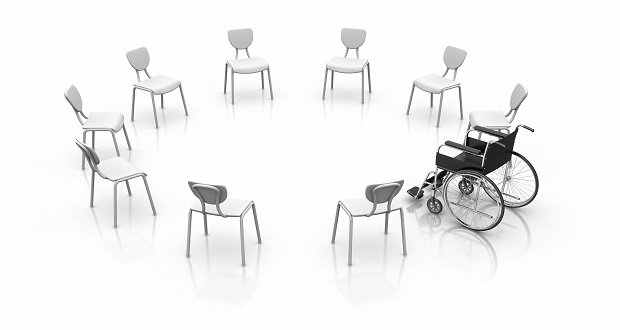
Our book Racial Justice at Work: Practical Solutions for Systemic Change focuses on how to fix systems that continue to create inequitable outcomes. We highlight how marketing, procurement, philanthropy, IT, and of course HR have deeply embedded policies, practices, and ways of being and thinking that create conditions to uphold the status quo. We intentionally call out racial injustices because we believe if we ameliorate these inequities, everyone will benefit.
Changing systems based on racial inequities will benefit everyone. For example, Mareisha N. Reese writes about justice in procurement in Chapter 20 of Racial Justice at Work. She highlights how some large companies have long payment terms of 90 or even 120 days. Such policies can present an undue burden on small BIPOC-owned businesses. When we ask who benefits from such policies and who is harmed, the answer is clear. If organizations prioritized fairness and justice, they would set shorter payment terms (whatever happened to 30-day net as the standard?) that would benefit not just BIPOC-owned suppliers but all small vendors.
The recent attacks on diversity, equity, and inclusion contend that this work is divisive. As a practitioner with almost 40 years’ experience, I strongly disagree with this characterization. The very definition of diversity is that it is about both our similarities and differences. It is about understanding and respecting the humanity of every person. The current anti-diversity rhetoric became very loud only after organizations pledged to focus on racial diversity after the murder of George Floyd. Diversity, inclusion, and equity efforts center on many dimensions of identity in addition to race, including gender and gender identity, military status, people with disabilities, religion, and generational differences. Diversity objectives are about all employees, not just those who are protected by legislation. For example, some organizations have white male caucus groups designed to provide space for this group to discuss issues relevant to them.
Race and gender identity seem to be the central dimensions of diversity that are under attack. The specific objections to exploring racial inequities boil down to concerns that it makes white people feel uncomfortable, blamed, and attacked. This may be true at the individual and interpersonal levels. People feel how they feel, and we should not minimize these feelings. However, we should encourage individuals to engage in self-examination and critique about the “why” of their feelings. Such critical thinking allows people to consider their personal feelings and at the same time see the bigger, systemic issues.
In Chapter 1 of Racial Justice at Work, I attempt to distinguish the personal from the systemic in thinking about justice as “fairness”:
If asked to define justice in one word, many might say it is fairness. However, the idea of fairness is complex and nuanced. Psychologists have a phrase called the fallacy of fairness and define it as an individual’s attempt to apply similar rules to everyone in their lives. Fairness is subjective and is almost always interpreted from an interpersonal lens … you in relation to others. Our sense of fairness is based on our perceptions, which we form from our experiences. We can begin to overcome the fallacy of fairness by adjusting our thinking.
First, fairness is not absolute. It is not binary — meaning it is not either fair or unfair. It is relative and can be very complex.
Second, our sense of fairness is often based on what we have experienced — others may have had different experiences to inform their sense of fairness.
Third, we must look beyond our own sense of fairness and think more broadly about fair and equitable systems. I am not suggesting that we should discount our sense of whether something is fair or not. I am pointing out that it may come from a limited perspective, and we need to learn to recognize the limitations of our lens.
There is no shortage of data that shows we still live in a society where there are significant inequities based on one’s identity. Women are still paid less than men for equal work. BIPOC are still less likely to get a first interview as a job applicant. A recent survey of about 1,200 employees by Greenhouse, a New York City-based software company, showed that 67 percent of job seekers have been “ghosted” after an interview — never hearing from the employer again. Seventy-eight percent were from historically underrepresented groups — Arab, Asian, Black, Hispanic, Latino, or multiracial background versus 62 percent who identified as white.
Organizations that prioritize inclusive cultures where racial, gender, ethnic, generational, and other differences are understood, valued, and leveraged see the payoff. There is a plethora of research that demonstrates diversity enhances innovation. And this includes racial diversity. A study of the financial services industry found that increased racial diversity was correlated to enhanced financial performance. In another study by McKinsey & Company, for every 10 percent increase in racial and ethnic diversity on the senior executive team, EBIT rose 0.8 percent.
It is critical that we stay focused on systemic inequities and not let allegations of unfairness motivated by personal fears, ignorance, and/or disinformation distract our attention.


















